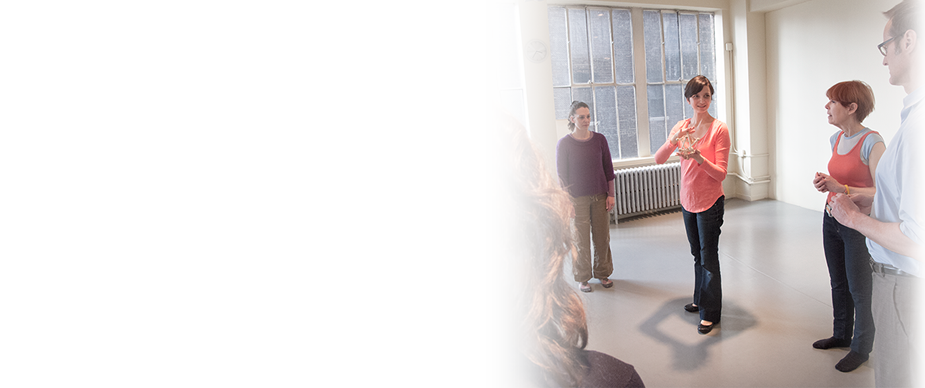Don't Just Read the Signs. Look Around. (Journeys Part 2 of 2)
/Regardless as to whether or not you've traveled using the NYC subway system, you've likely followed signs in your own city's mass transit system or on the road. These days, you may spend more time listening to your GPS.
This is Part 2 of The Posture Police journey series. Two weeks ago, I talked about paying attention to the small journey that add up throughout the day. Now let's take a look at the instructions we follow along our bigger daily journeys and how we might learn something new if we look beyond the signs and driving directions.
I'll tell my story and you can relate it to your own commute. My "car" is the NYC subway system and when transferring from one train to another or looking for a station exit, I typically follow the signs and arrows in the station until I get where I'm going. I find that these directions generally do get me where I intend to go. Something was bugging me though at the Times Square station.
About a year ago, I noticed when I followed the signs to the line that I take from Manhattan to Brooklyn (The N train), I was lead to a long flight of stairs. I'd start up the stairs and look over to my left and see an escalator. If I was tired I'd wish I was on the escalator and even if I wasn't, I'd think that I could get where I was going more quickly if I could walk up the moving escalator. The trouble is that the escalator begins at the level below where the stairs begin.
One day I decided to ignore the signs and instead of walking in the direction of the N train, I looked at the escalator and decided that it must start on the 7 train platform, which was just below me. I took a short flight of stairs down, and sure enough, there was the bottom of the escalator. I hopped on and rocketed up to the same place where the stairs would have taken me, but much more quickly.
I found a faster route by ignoring the signs and observing my surroundings. Ignoring the signs felt strange. I seemed wrong at first that I should go to the 7 train platform with no intention of boarding the train. Changing habits often feel strange or wrong.
Maybe if everyone takes this short-cut the 7 platform will become overloaded, going against the intended flow of foot-traffic at the station, so the Metropolitan Transit Authority may be relying on passengers following the signs!
Think about signs and directions that you've followed. Have they ever been wrong and you ended up finding your way by looking around? Think about how you move your self around throughout the day. We're constantly directing ourselves in space. At the core of things, it's our intention that keeps us upright. How clear are you about your intention to stay upright? Might you be pulling yourself down at the same time? Maybe you are and you don't even know it. We create our own directional signs within ourselves that we follow unconsciously and without questions. These are called habits. Many habits serve us and others don't.
The Alexander Technique has helped me become aware of my habits and determine which ones I want to change or clarify - such as the intention to stay up.
Another sweet little metaphor can be extract from my subway story. I figured out that I needed to get to the bottom of the escalator in order to ride it up. We as humans stay upright because we interact with gravity. In order to stay up, we must connect with that downward force and use it like a spring to rocket us up to the tops of our heads!





